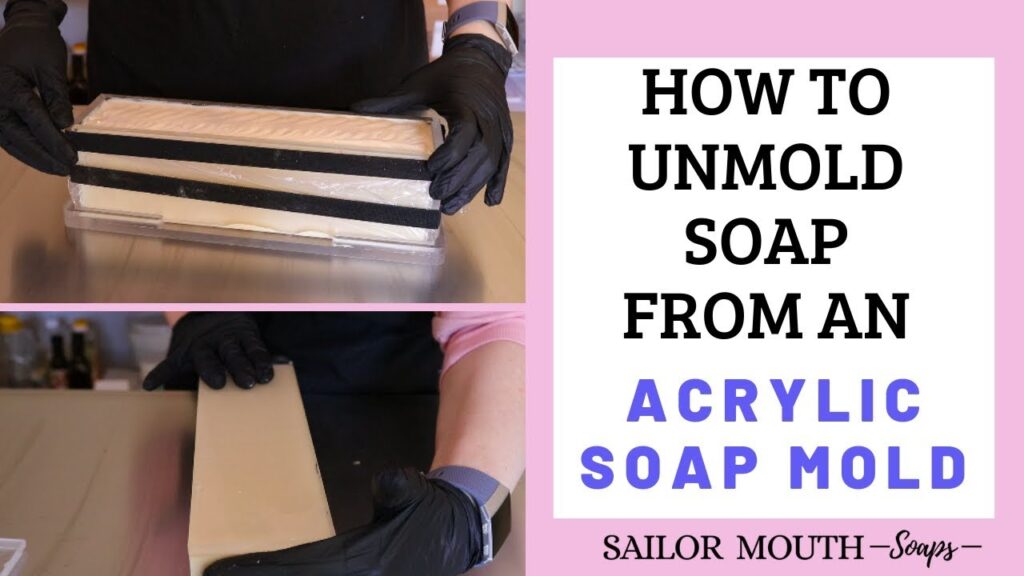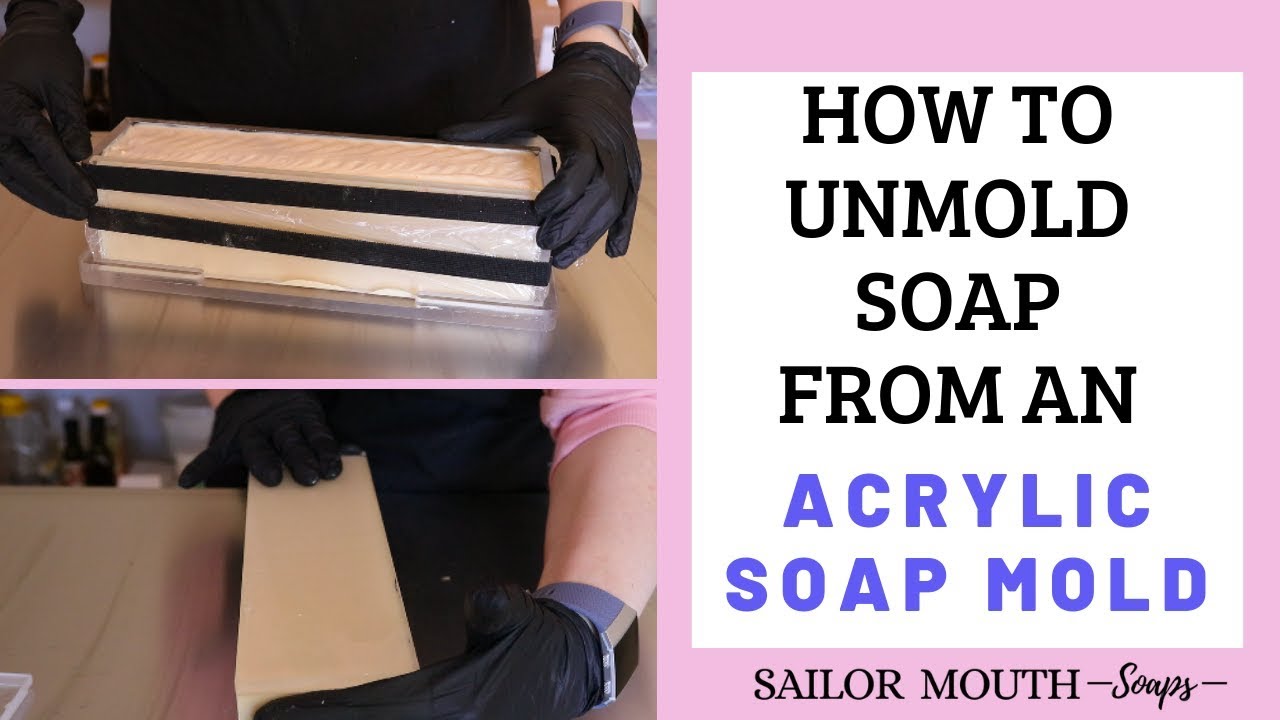
How to Mold Acrylic at Home: A Comprehensive Guide
Acrylic, also known as Plexiglas or Lucite, is a versatile material prized for its clarity, durability, and ease of manipulation. While often associated with industrial applications, learning how to mold acrylic at home opens up a world of DIY possibilities, from crafting custom organizers to creating unique art pieces. This comprehensive guide will walk you through the essential steps, tools, and techniques needed to successfully shape acrylic to your desired form. Whether you’re a seasoned DIY enthusiast or a complete beginner, mastering the art of molding acrylic at home is within your reach.
Understanding Acrylic: Properties and Considerations
Before diving into the molding process, it’s crucial to understand the properties of acrylic. Acrylic is a thermoplastic, meaning it softens when heated and hardens when cooled. This characteristic is what makes it moldable. However, acrylic also has a relatively low melting point compared to other plastics, and overheating can lead to bubbling, discoloration, or even combustion. Therefore, careful temperature control is paramount.
- Types of Acrylic: Cast acrylic and extruded acrylic are the two main types. Cast acrylic is generally preferred for molding due to its higher heat resistance and lower shrinkage rate. Extruded acrylic is more affordable but can be more prone to warping.
- Safety Precautions: Working with heated acrylic requires proper safety measures. Always wear heat-resistant gloves, eye protection, and work in a well-ventilated area. Avoid breathing in the fumes produced during heating.
- Thickness Matters: The thickness of the acrylic sheet will affect the heating time and the amount of force required to mold it. Thicker sheets require more heat and pressure.
Essential Tools and Materials
To successfully mold acrylic at home, you’ll need the following tools and materials:
- Acrylic Sheet: Choose the appropriate type and thickness based on your project requirements.
- Heat Source: A heat gun or oven are the most common options. A heat gun provides targeted heat, while an oven offers more even heating.
- Heat-Resistant Gloves: Protect your hands from burns.
- Eye Protection: Safety glasses or goggles are essential.
- Mold or Form: This can be anything from a simple wooden block to a complex custom-made mold.
- Clamps or Weights: To hold the acrylic in place while it cools.
- Sandpaper: For smoothing rough edges after molding.
- Polishing Compound: To restore the clarity of the acrylic after sanding.
- Ventilation: Ensure you are working in a well-ventilated area to avoid inhaling fumes.
Step-by-Step Guide: Molding Acrylic with a Heat Gun
Using a heat gun is a popular method for how to mold acrylic at home, especially for smaller projects or localized bends. Here’s a step-by-step guide:
- Prepare Your Workspace: Clear your work area and ensure it’s well-ventilated. Gather all your tools and materials.
- Mark the Bending Points: Use a marker to indicate where you want to bend the acrylic.
- Apply Heat: Hold the heat gun a few inches away from the acrylic surface and move it back and forth along the bending point. Avoid holding the heat gun in one spot for too long, as this can cause scorching.
- Test for Flexibility: Periodically test the flexibility of the acrylic by gently applying pressure. It should start to soften and become pliable.
- Mold the Acrylic: Once the acrylic is sufficiently softened, carefully bend it to the desired shape using your hands (with heat-resistant gloves) or a mold.
- Secure and Cool: Hold the acrylic in place with clamps or weights until it cools completely. This will ensure that it retains its new shape.
- Finishing Touches: Once cooled, remove the clamps and inspect the molded acrylic. Use sandpaper to smooth any rough edges and polishing compound to restore clarity.
Step-by-Step Guide: Molding Acrylic in an Oven
Using an oven provides more even heating, making it ideal for larger acrylic sheets or more complex shapes. Here’s how to mold acrylic at home using an oven:
- Preheat the Oven: Preheat your oven to the lowest possible temperature setting, typically around 170-200°F (77-93°C).
- Prepare the Acrylic: Place the acrylic sheet on a baking sheet lined with parchment paper or a silicone mat to prevent sticking.
- Heat the Acrylic: Place the baking sheet in the oven and monitor the acrylic closely. The heating time will vary depending on the thickness of the acrylic, but it usually takes between 15 and 30 minutes.
- Test for Flexibility: Periodically check the flexibility of the acrylic by gently touching it with a heat-resistant glove. It should feel soft and pliable.
- Mold the Acrylic: Once the acrylic is sufficiently softened, carefully remove it from the oven and quickly mold it to the desired shape using your hands (with heat-resistant gloves) or a mold.
- Secure and Cool: Hold the acrylic in place with clamps or weights until it cools completely. This will ensure that it retains its new shape.
- Finishing Touches: Once cooled, remove the clamps and inspect the molded acrylic. Use sandpaper to smooth any rough edges and polishing compound to restore clarity.
Tips and Tricks for Successful Acrylic Molding
How to mold acrylic at home successfully requires practice and attention to detail. Here are some helpful tips and tricks:
- Preheating is Key: Ensure your heat source is properly preheated before starting the molding process. This will help to ensure even heating and prevent warping.
- Avoid Overheating: Overheating acrylic can cause bubbling, discoloration, and even combustion. Monitor the temperature closely and adjust as needed.
- Use a Template: If you’re creating multiple identical pieces, use a template to ensure consistency.
- Practice Makes Perfect: Don’t be discouraged if your first attempt isn’t perfect. Practice on scrap pieces of acrylic to hone your skills.
- Consider Vacuum Forming: For more complex shapes, consider using a vacuum forming machine. This will help to create precise and consistent results. [See also: Vacuum Forming Techniques for Acrylic]
- Proper Ventilation: Always work in a well-ventilated area to avoid inhaling fumes.
- Cleanliness is Important: Make sure the acrylic sheet and your mold are clean before starting the molding process. Dust and debris can create imperfections in the finished product.
Troubleshooting Common Problems
Even with careful planning, you may encounter some common problems when learning how to mold acrylic at home. Here are some troubleshooting tips:
- Bubbling: This is usually caused by overheating. Reduce the temperature of your heat source or move the heat source further away from the acrylic.
- Warping: This can be caused by uneven heating or cooling. Ensure that the acrylic is heated evenly and that it cools slowly and evenly.
- Cracking: This can be caused by bending the acrylic too quickly or too sharply. Heat the acrylic more thoroughly and bend it more gradually.
- Discoloration: This is usually caused by overheating or exposure to direct sunlight. Avoid overheating the acrylic and store it in a cool, dark place.
Advanced Techniques: Vacuum Forming
For more complex shapes and intricate designs, vacuum forming is an advanced technique that can yield professional-looking results. Vacuum forming involves heating the acrylic sheet until it’s pliable and then using a vacuum to draw it down onto a mold. This creates a precise and consistent replica of the mold. [See also: Advanced Acrylic Molding Techniques]
While vacuum forming machines can be expensive, there are DIY options available for smaller projects. These typically involve using a shop vacuum and a homemade vacuum table. Vacuum forming offers greater control and precision compared to hand-molding methods.
Applications of Molded Acrylic
Once you’ve mastered how to mold acrylic at home, the possibilities are endless. Here are just a few potential applications:
- Custom Organizers: Create custom organizers for your desk, drawers, or closet.
- Display Cases: Build display cases for collectibles or artwork.
- Signage: Design and create custom signage for your home or business.
- Art Projects: Incorporate molded acrylic into your art projects.
- Protective Covers: Create protective covers for electronic devices or other valuable items.
- Furniture Components: Craft unique furniture components like table legs or drawer pulls.
Conclusion: Unleash Your Creativity with Acrylic Molding
Learning how to mold acrylic at home empowers you to bring your creative visions to life. With the right tools, techniques, and a bit of patience, you can transform ordinary acrylic sheets into extraordinary creations. From simple bends to complex shapes, the possibilities are limited only by your imagination. So, gather your materials, fire up your heat source, and embark on your acrylic molding adventure today! Remember to prioritize safety and practice proper ventilation. With consistent effort, you’ll soon be crafting impressive acrylic pieces that showcase your unique skills and creativity. Don’t be afraid to experiment and explore different techniques. The art of molding acrylic is a journey of continuous learning and discovery. The flexibility and versatility of acrylic makes it an ideal material for a variety of projects, making the effort to learn how to mold acrylic at home well worth it.

